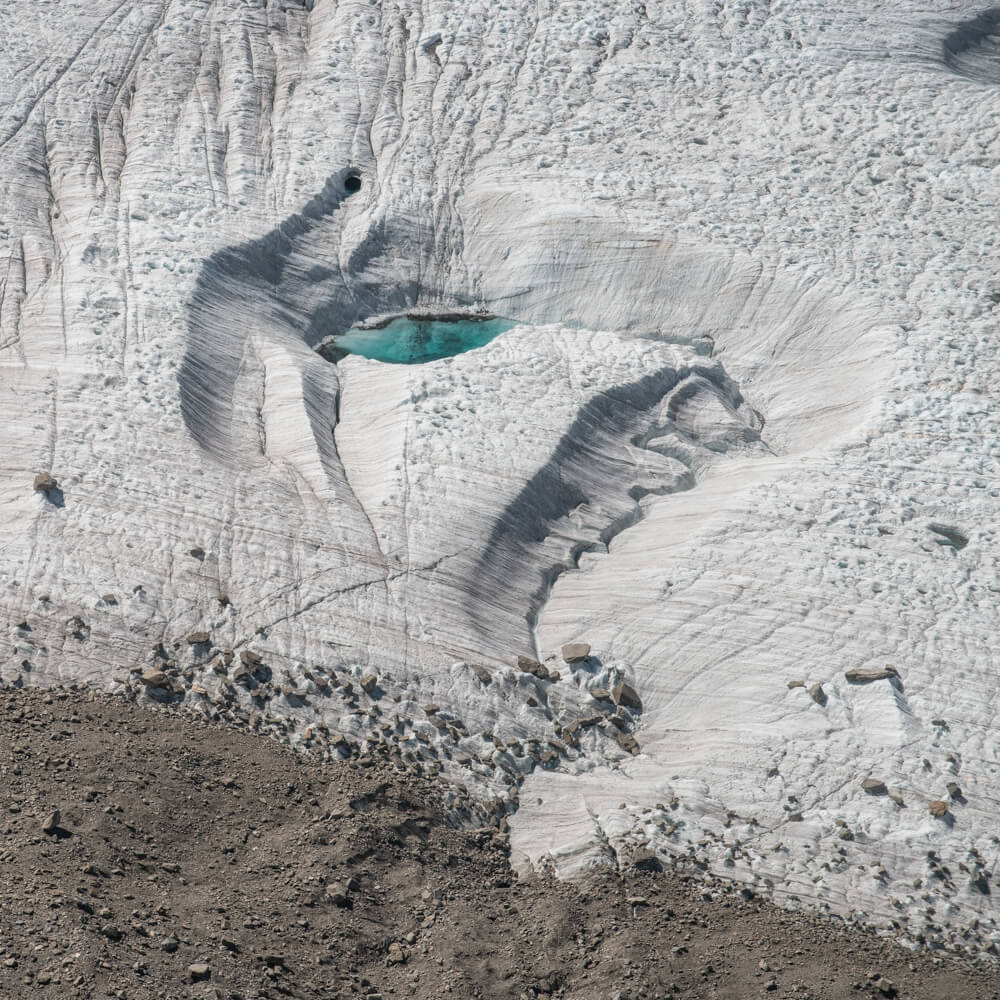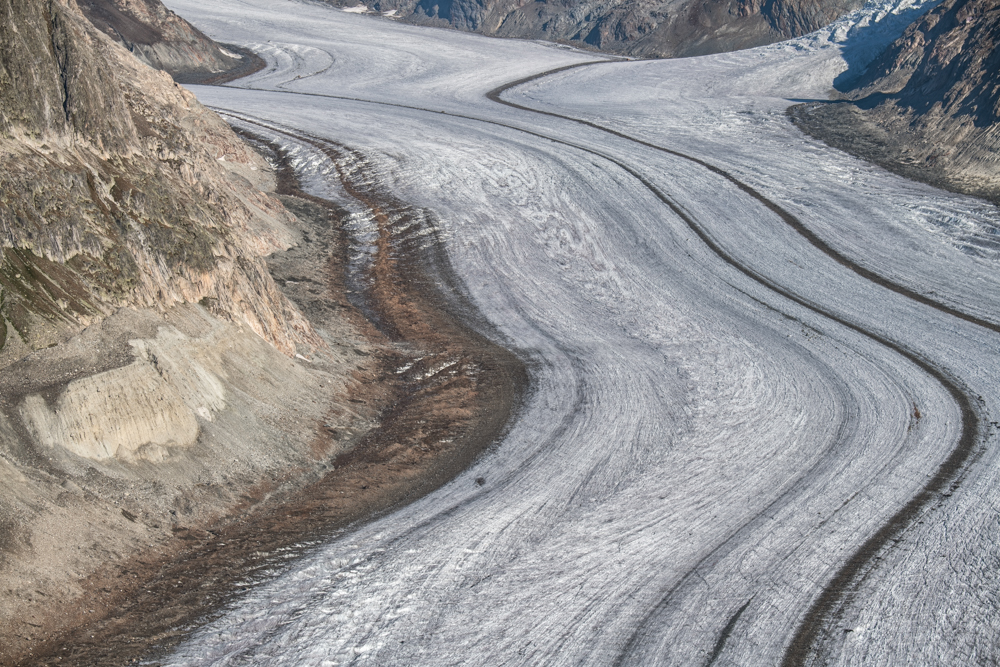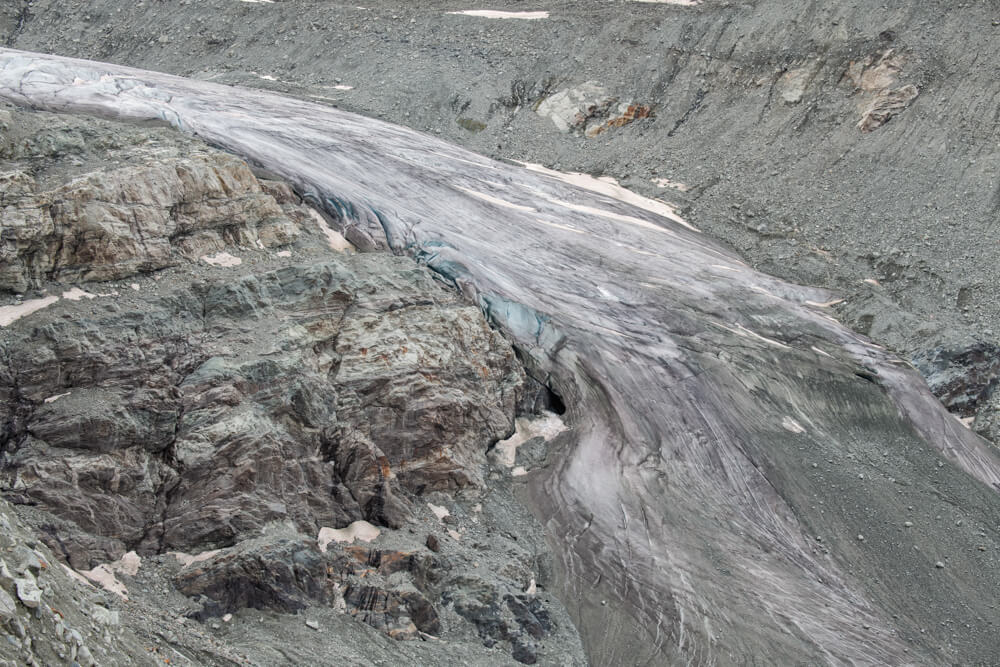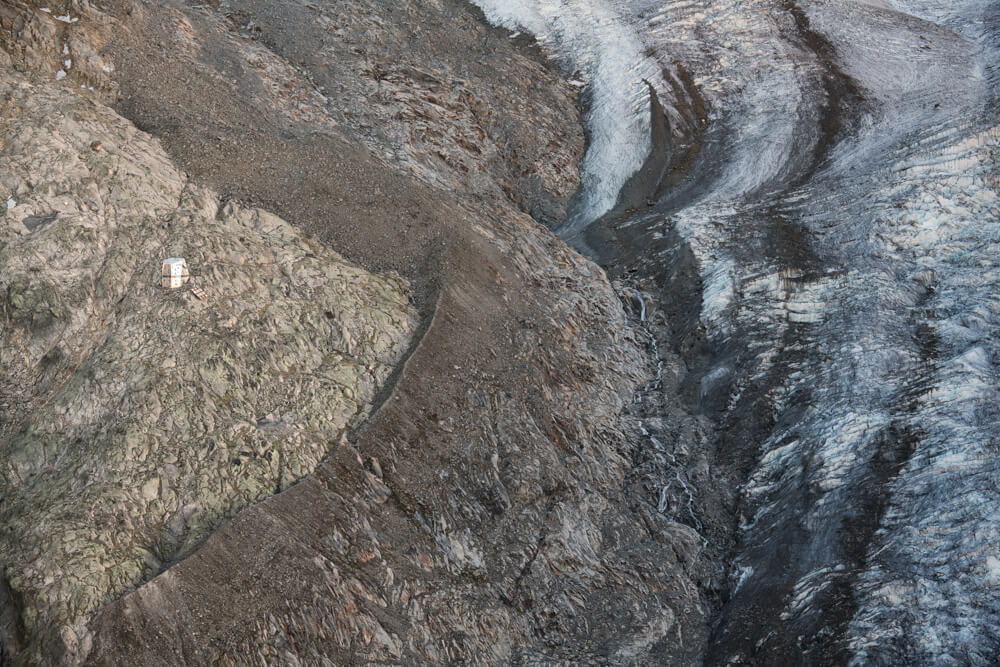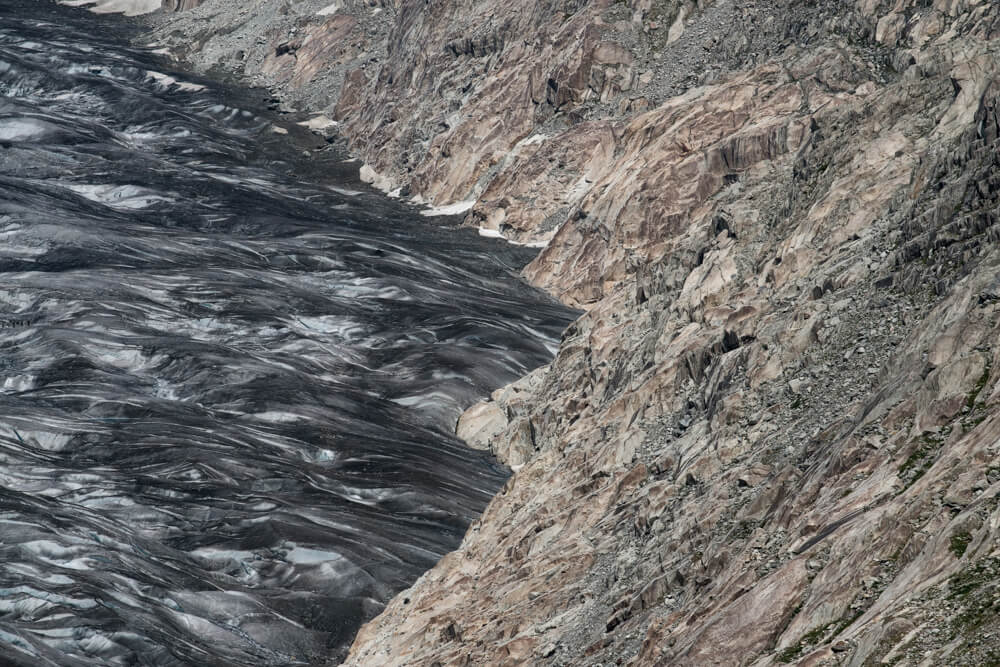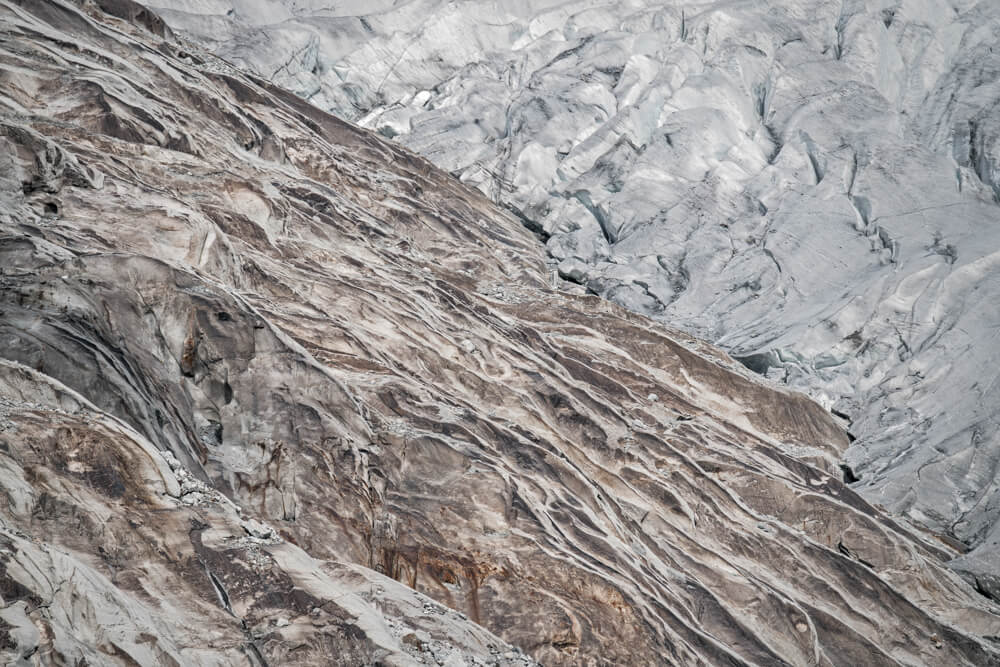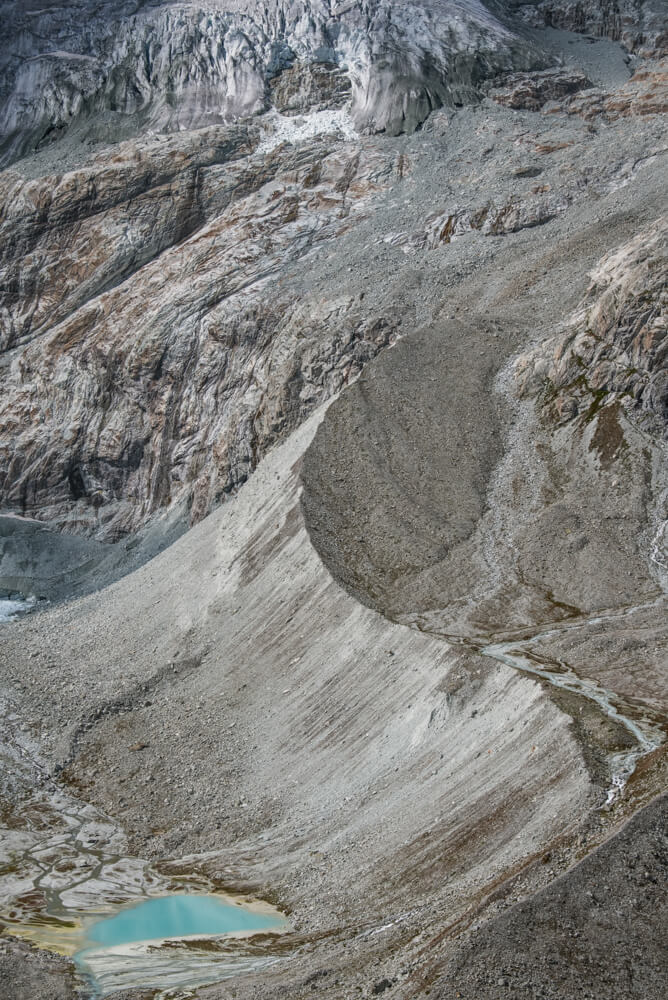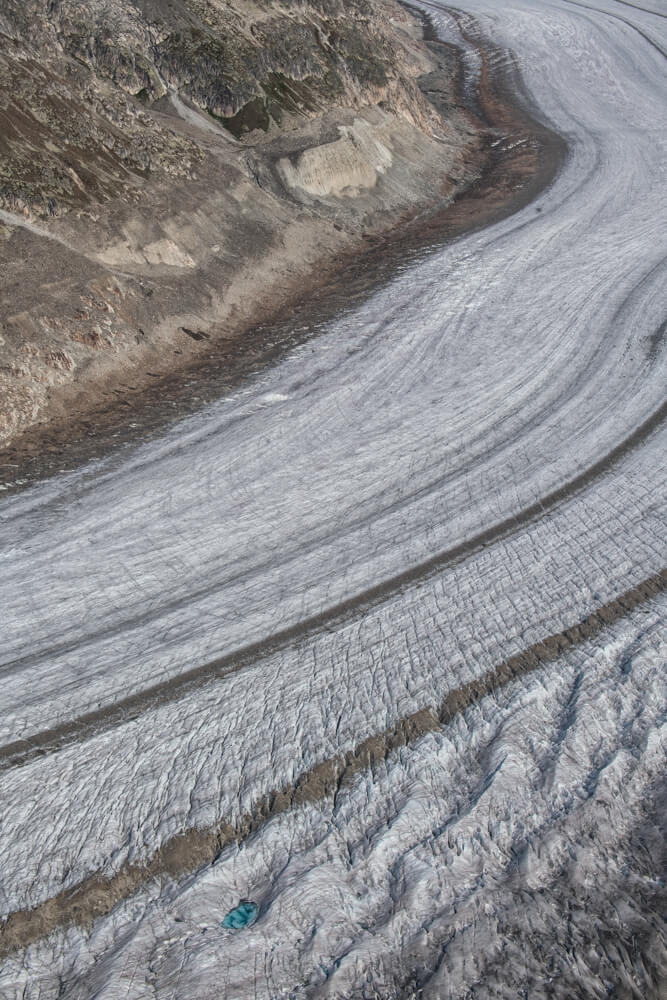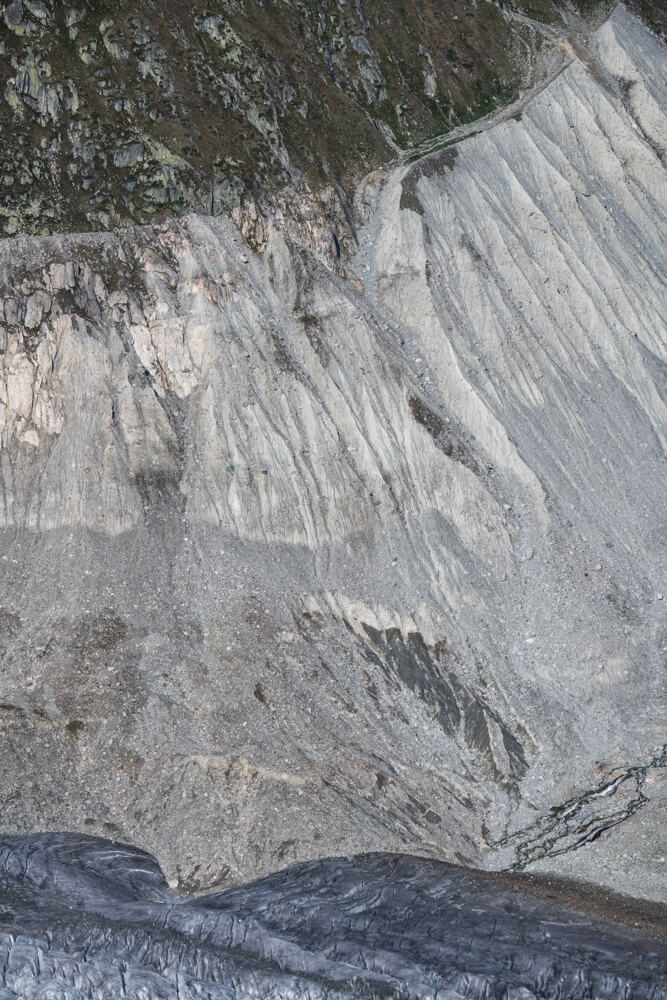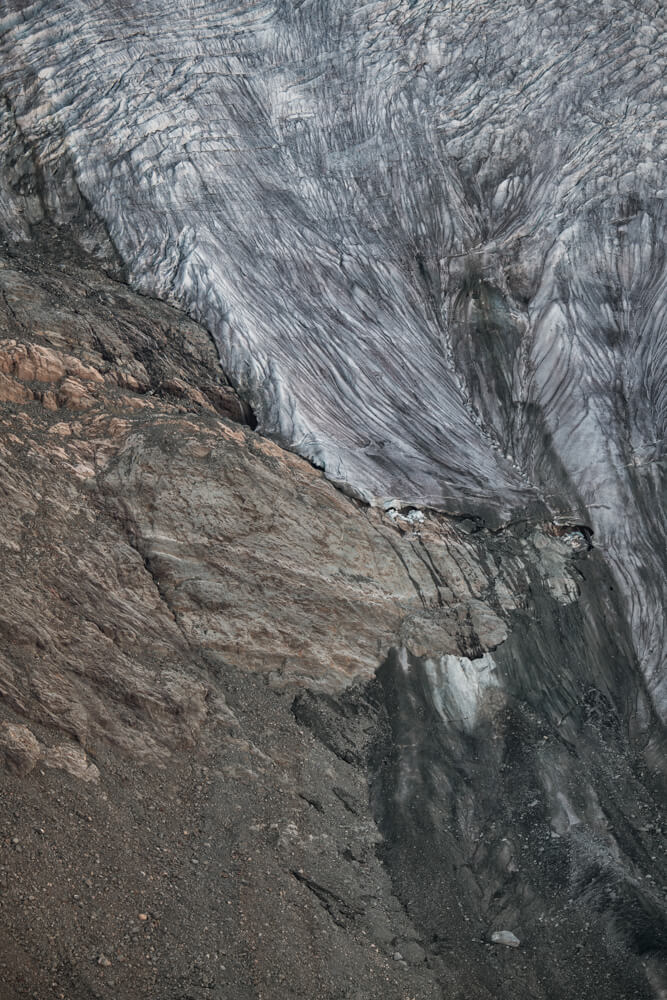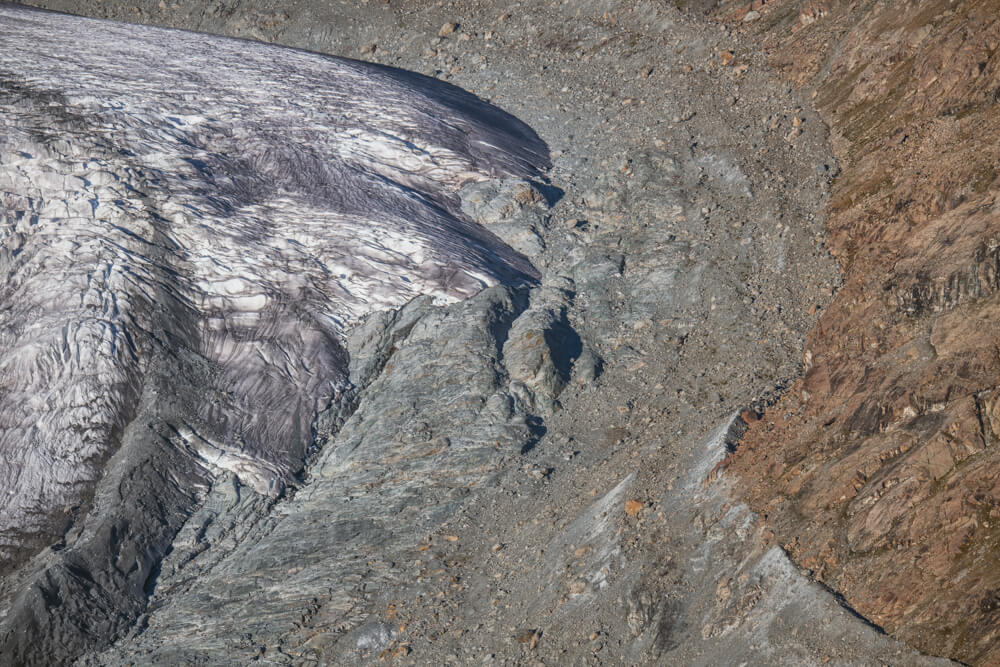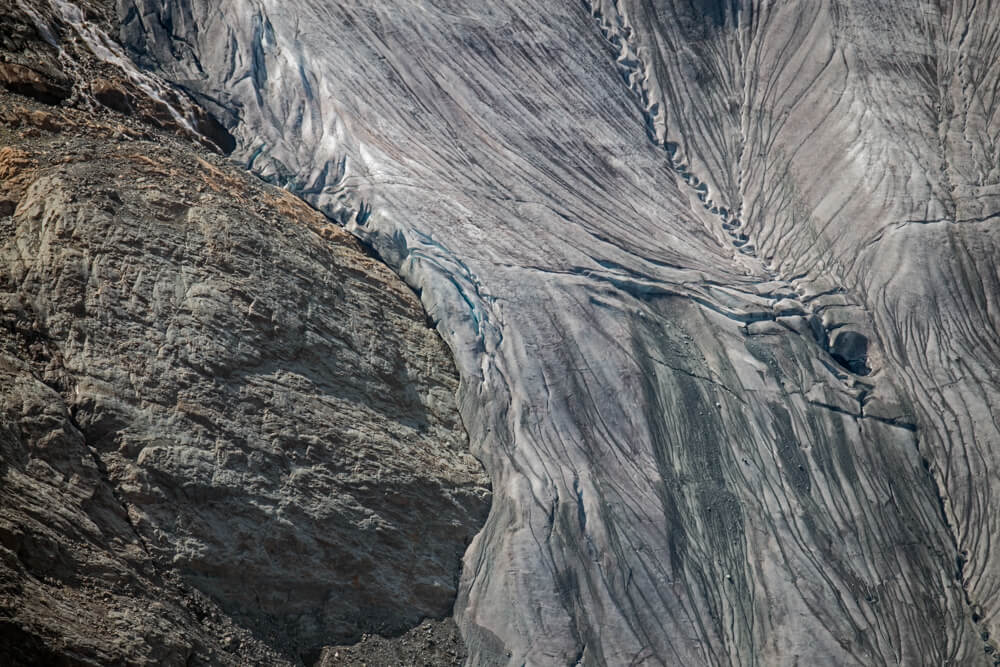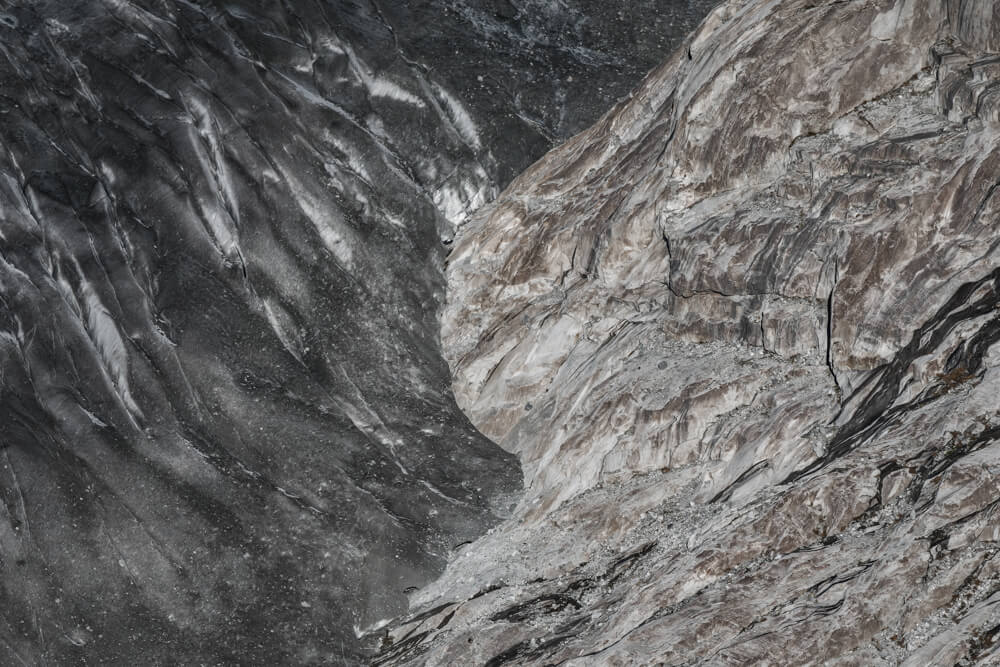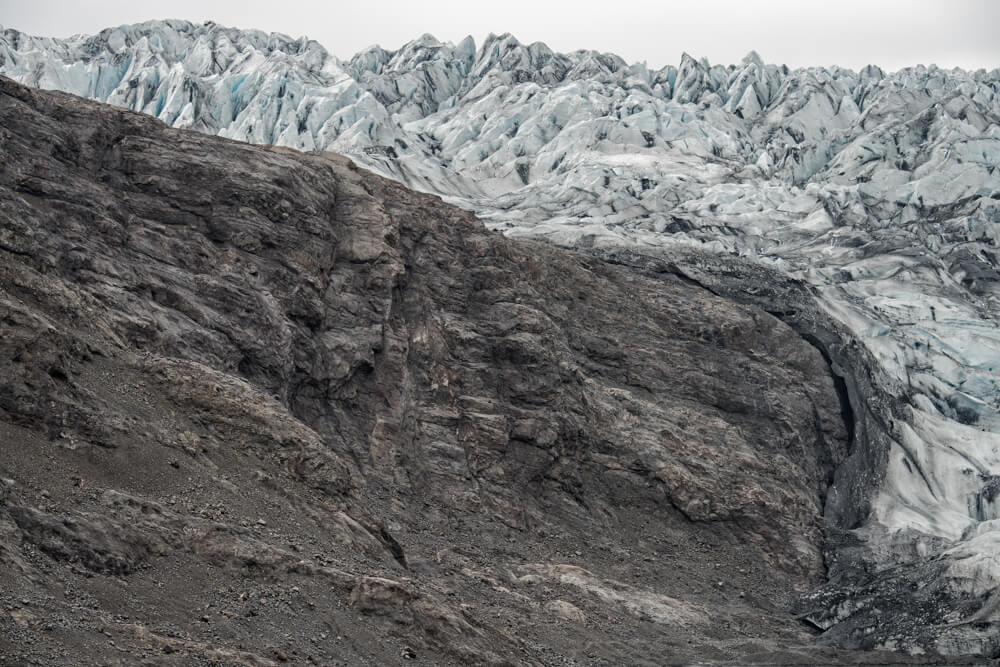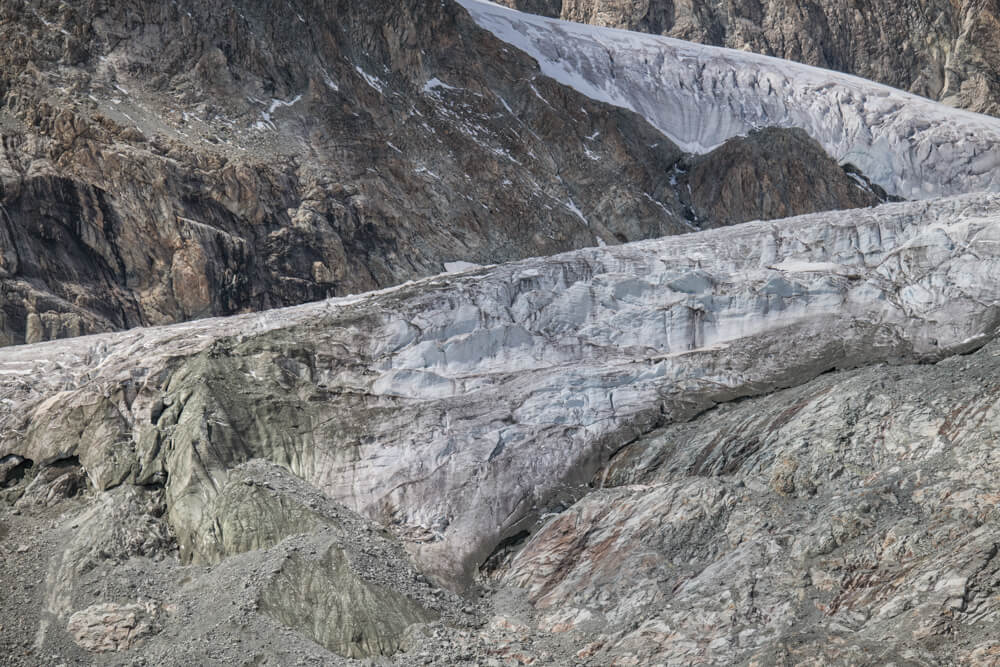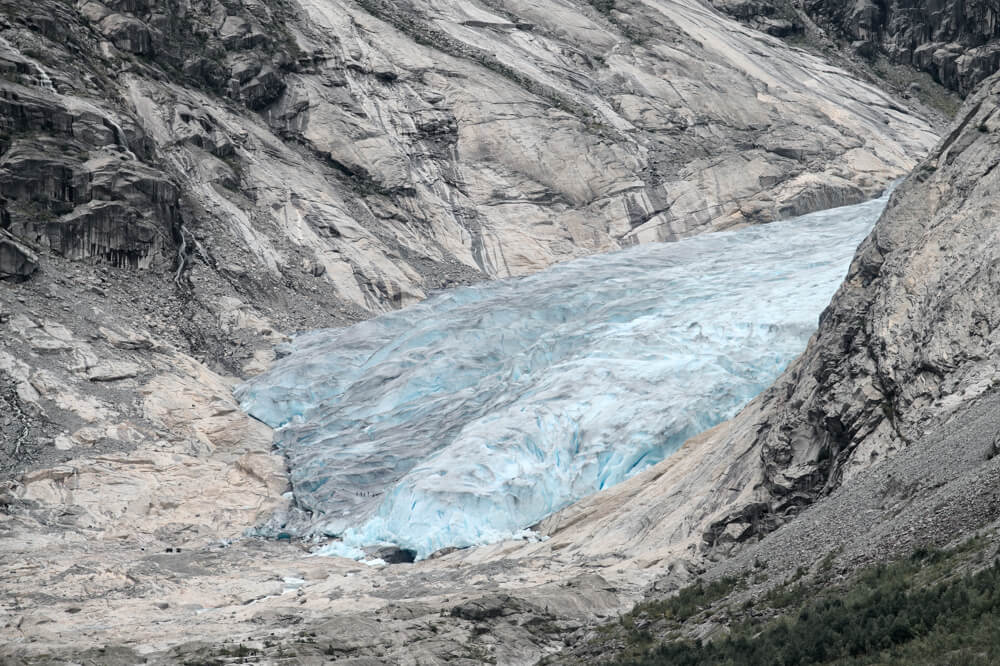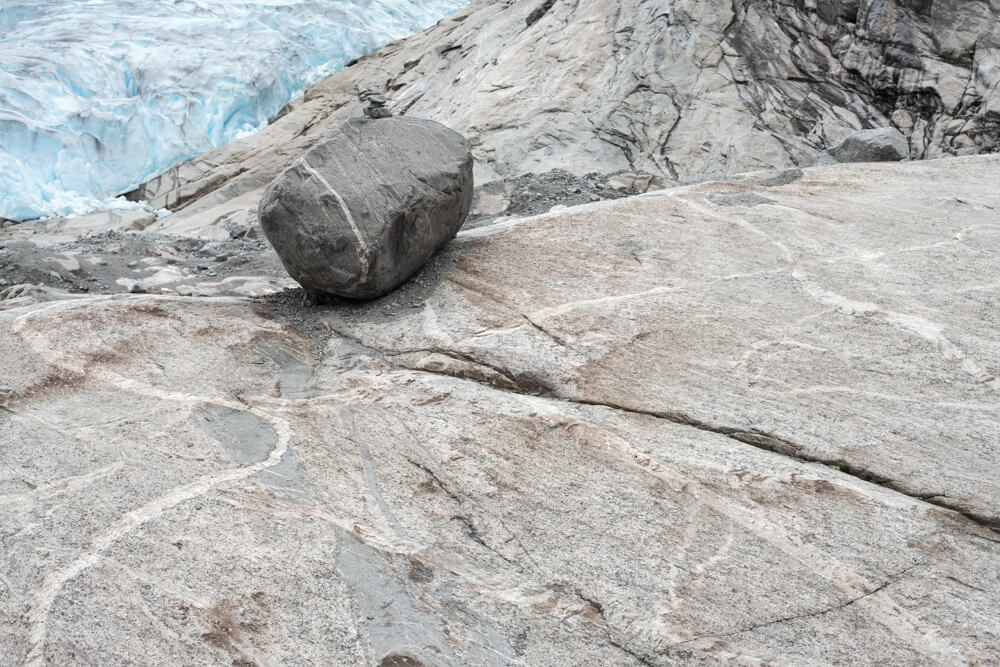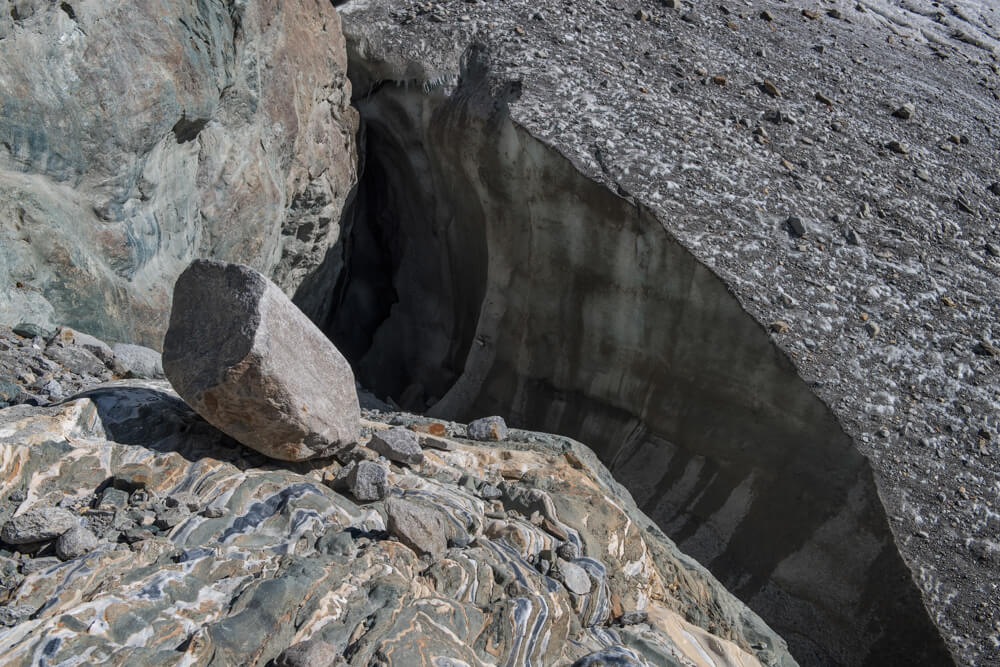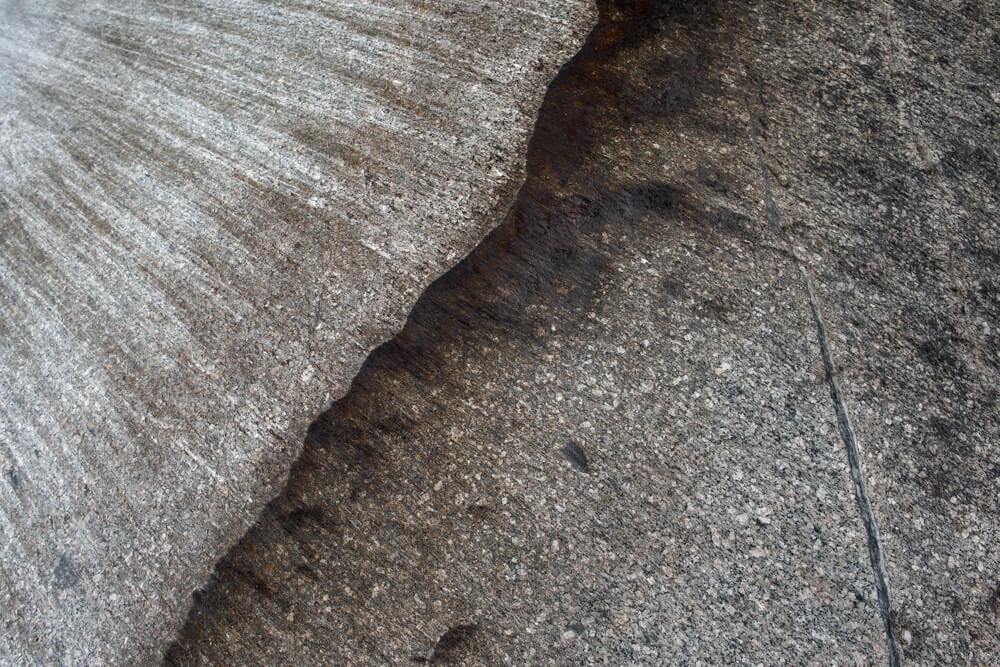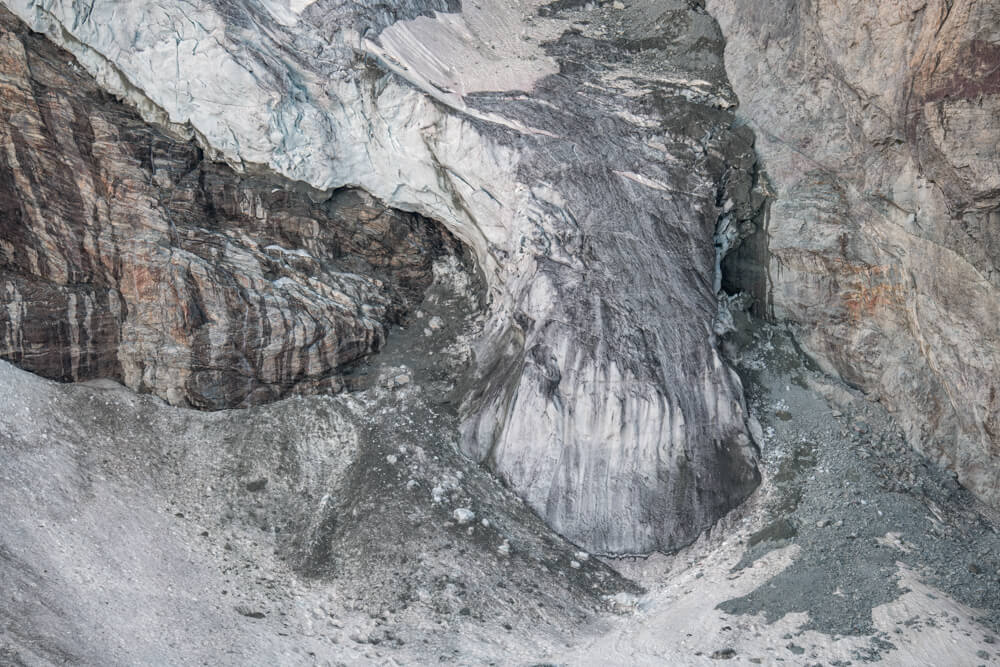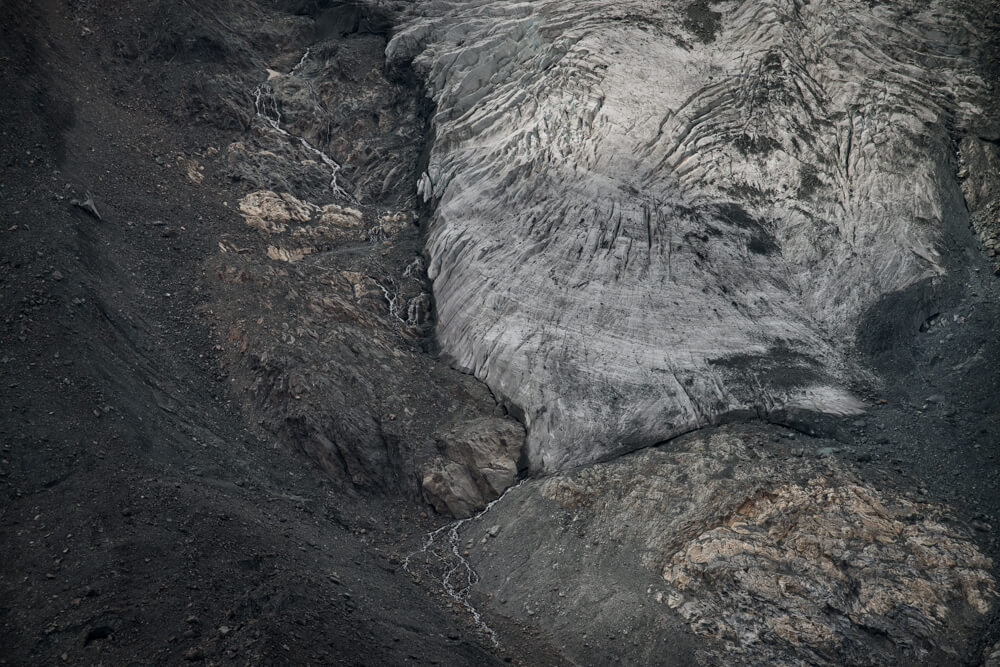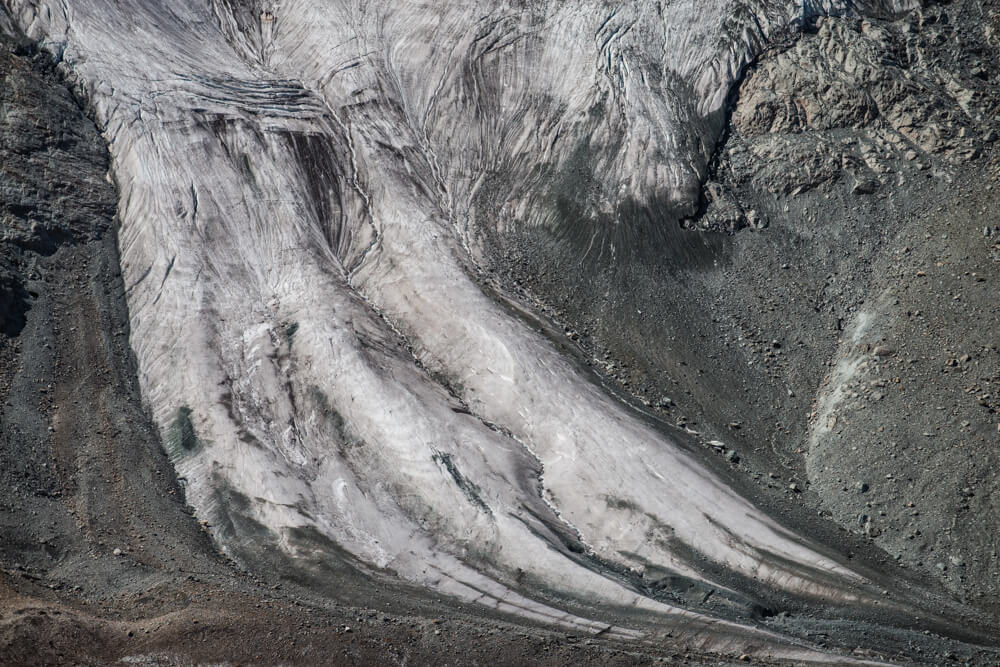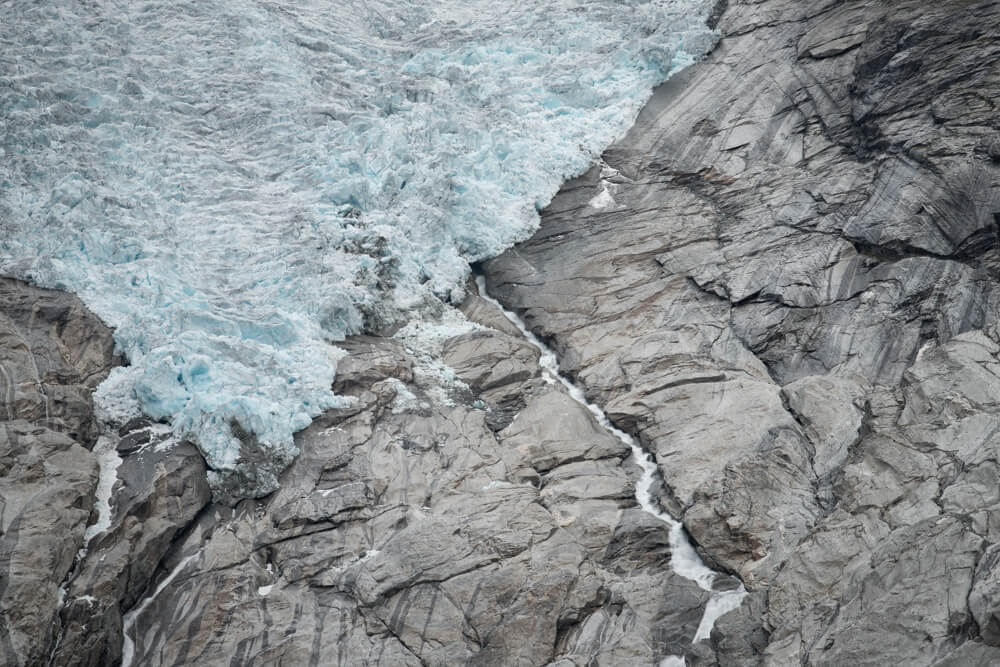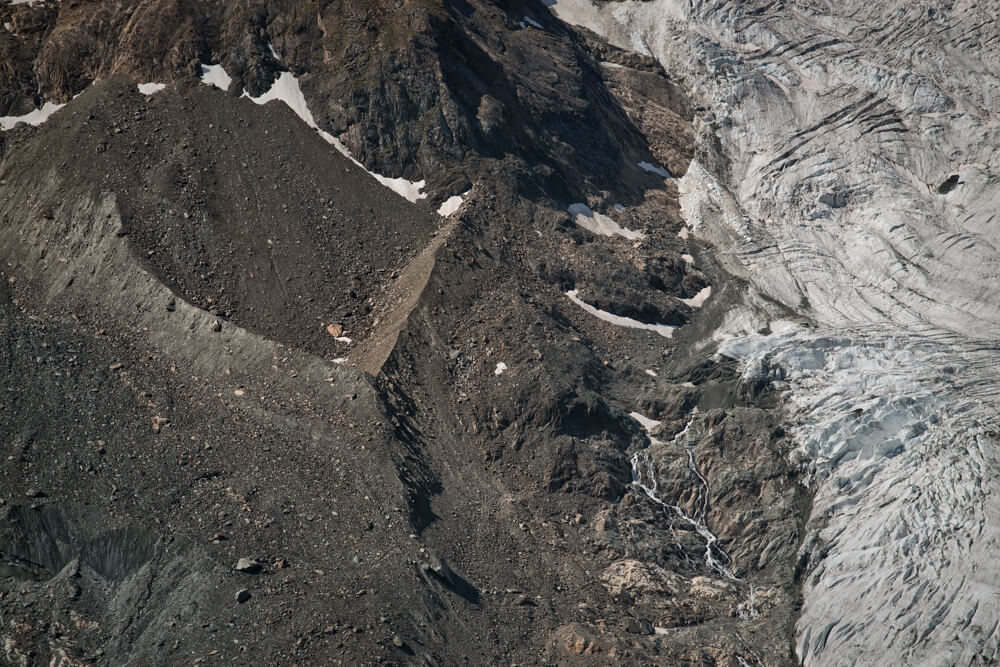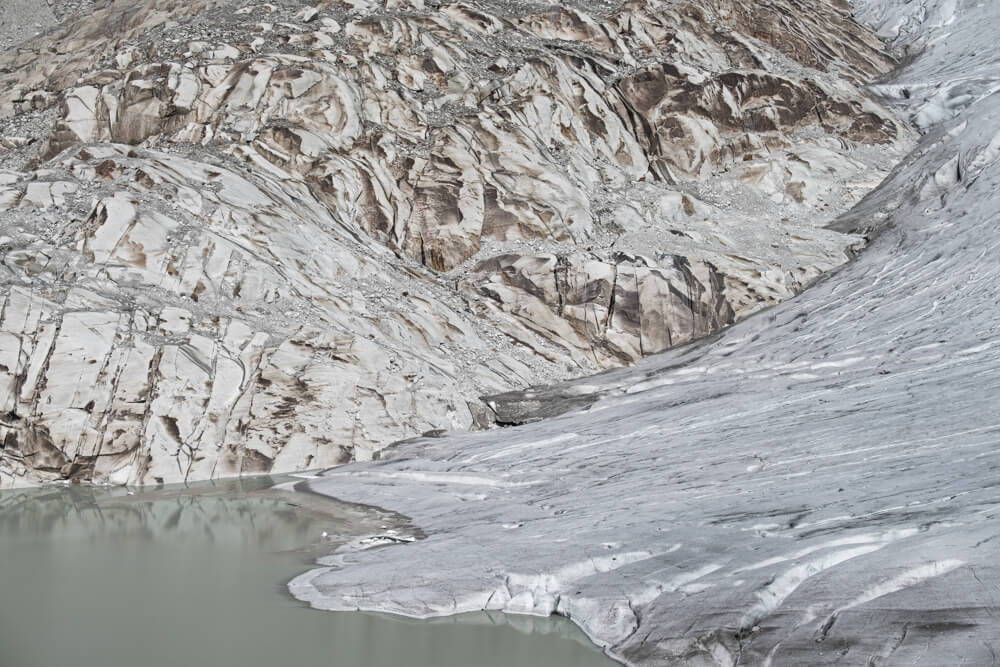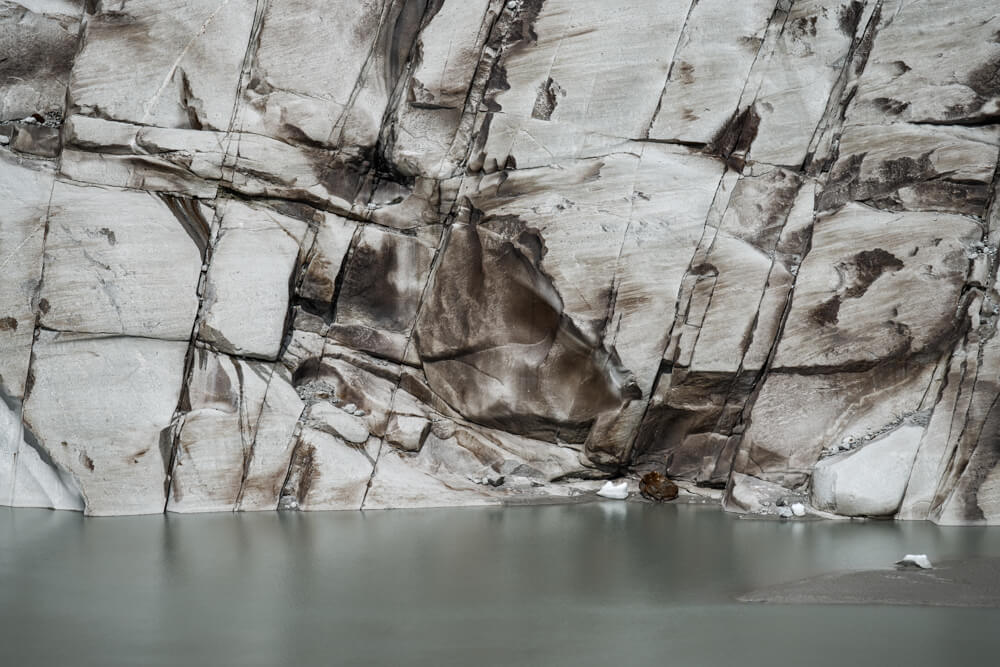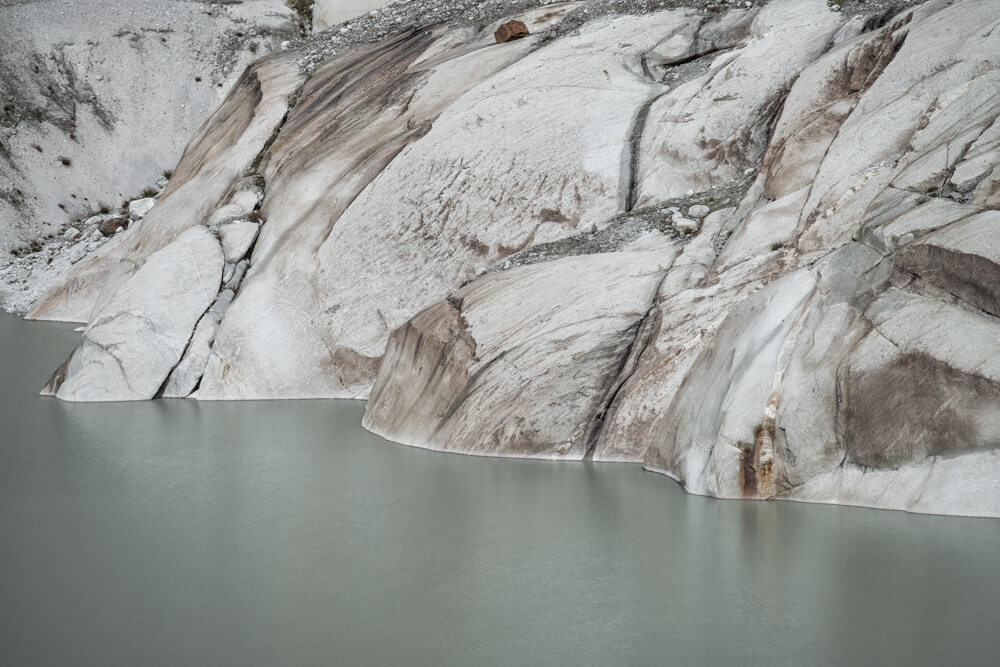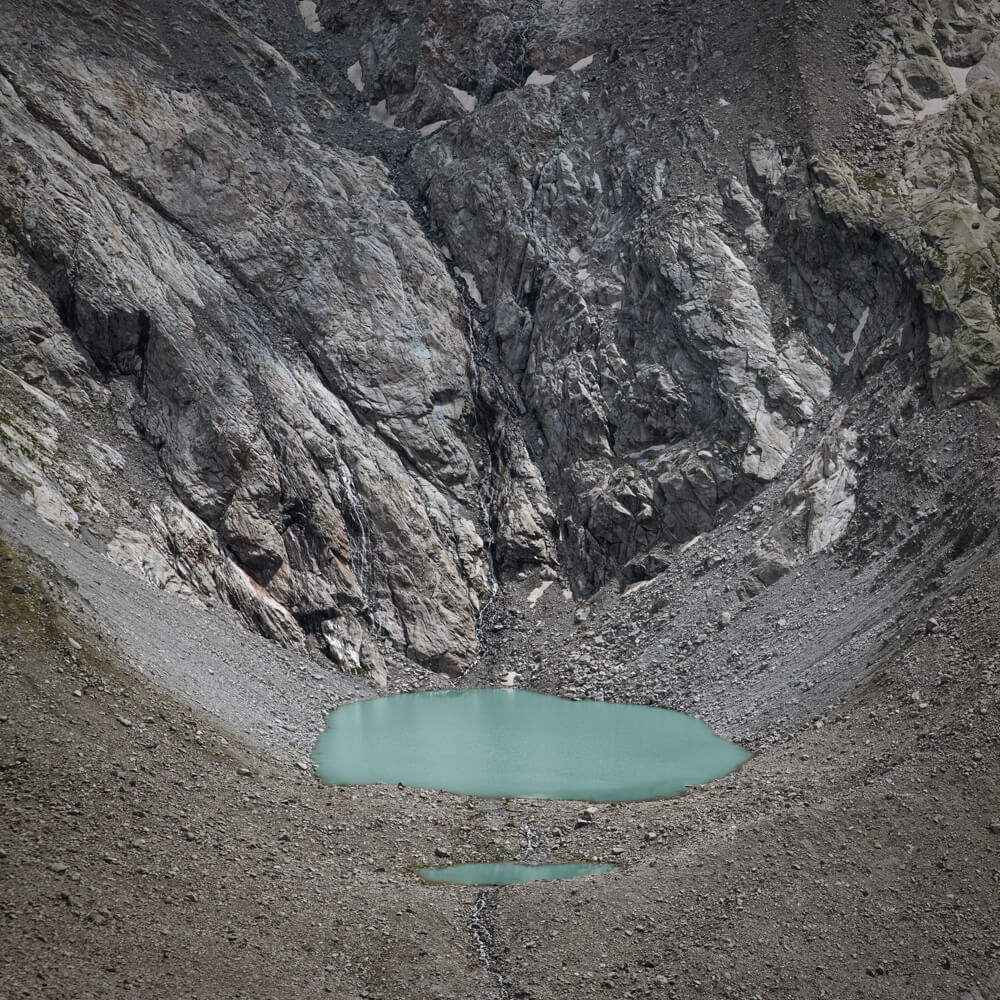Throughout Earth’s history, long glacial periods and shorter, warmer interglacials have alternated in a slow, rhythmic cycle — like a planetary tide, though measured in millennia. We are currently living in the Great Ice Age, which began around 2.5 million years ago, but we now find ourselves in a relatively brief interglacial period that has lasted only about 12,000 years. In the past 160 years, however, this warm period has intensified. Glaciers are melting rapidly — and more than half their mass is already gone.
While the accelerated retreat of glaciers rightly alarms us, it also offers a new perspective: a slow, dramatic unveiling of the mountain’s bare body. Glaciers are like garments — massive, icy layers that have clothed the Earth for millennia. As they recede, the mountains beneath are exposed inch by inch, shedding their ancient costume. For the first time in thousands of years, as if revealing its charms for the very first time, it shyly strips off layer after layer — unveiling a naked, furrowed, and time-worn body.
The melting ice reveals the imprints of past glacial epochs: moraines, screes, glacial lakes and valleys, polished and carved rock surfaces — all remnants of long-forgotten winters. These forms, long compressed beneath the frozen weight, now emerge and begin to shine in their own right.
Earth will continue to transform. Over spans of time we cannot grasp, the same tectonic forces that created these peaks will eventually erase them. New continents will form, drift, and collide. New glaciers will descend. And new mountain chains will one day be born — and clothed again.
_____________
